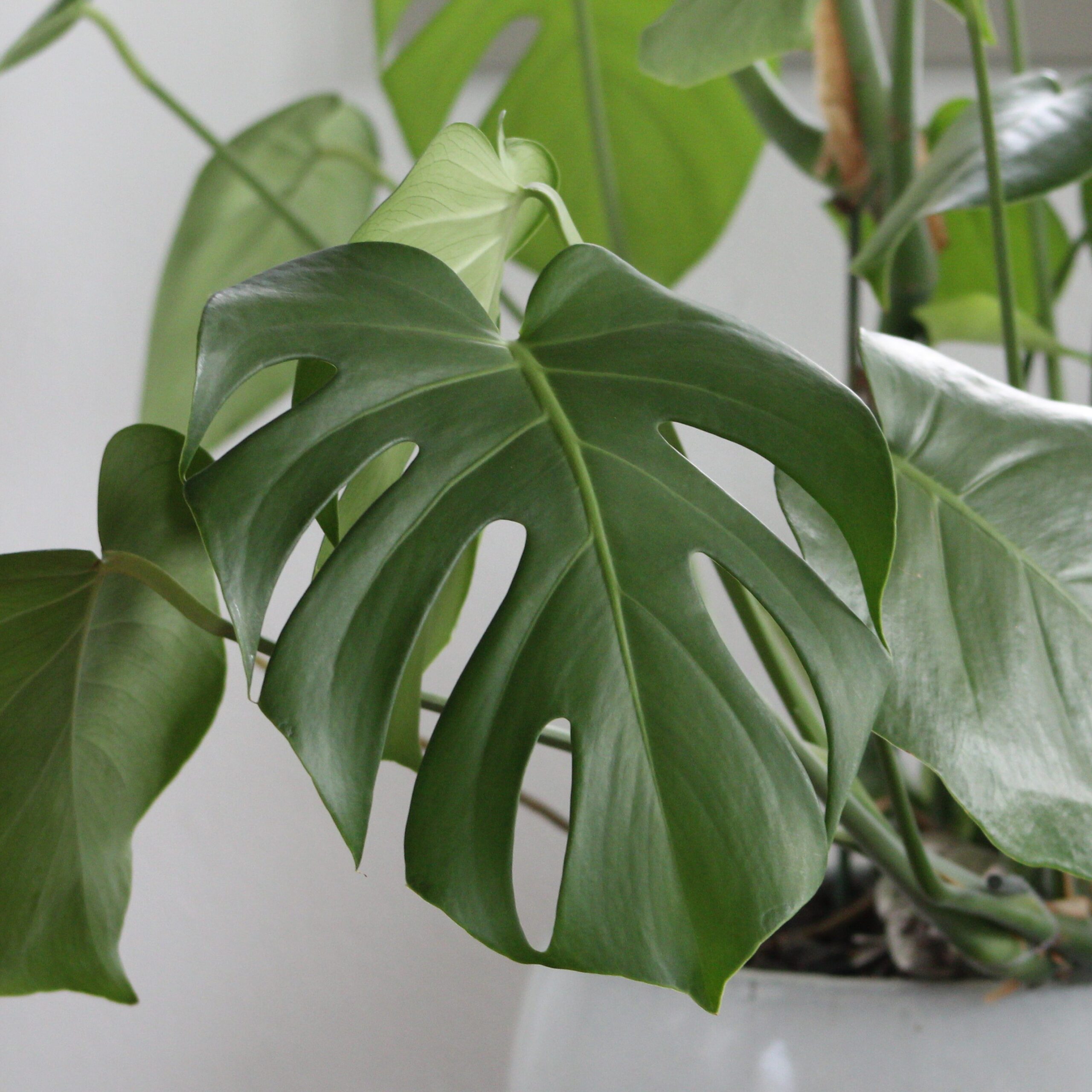
Monstera deliciosa Swiss Cheese Plant (4.5" Pot) Little Prince To Go
The Swiss cheese plant is an ornamental houseplant characterized by aerial roots that grow in a downward direction from the stem. These roots will seek support by clasping to the ground or whatever they find to lean on. They're similar to a vining plant.

Swiss cheese plant Muddy Trowel
When starting the swiss cheese plant from seed, place the seeds in a grow tray. Be sure to put two seeds in each cell of the tray incase one doesn't germinate. Use moist, quality soil to start the seeds. The only difference between starting seeds of the swiss cheese plant and other seed varieties is necessary light.

Swiss Cheese Plant thichnhathanhquotecollective plants inmygarden swissecheesplant
The scientific name of this popular houseplant is Monstera deliciosa. Huh? Delicious monster? Basically, yes. Deliciosa refers to the edible fruit (which rarely shows up on those grown indoors), while Monstera probably means monster or monstrous in reference to the massive leaves, each one of which can potentially grow three feet long.
:max_bytes(150000):strip_icc()/grow-monstera-adansonii-swiss-cheese-plant-1902774-09-70c06de77fe143f69061c7ea01a40eb1.jpg)
How to Grow and Care for Swiss Cheese Plant
Monstera deliciosa— also known as Swiss cheese plant—is a striking addition to any room. It's a tropical climbing plant with waxy, deep green leaves on each of its vinelike, woody stems; the.

How To Care For a Swiss Cheese Plant (Monstera deliciosa) BBC Gardeners World Magazine
Swiss-Cheese Plant, Monstera deliciosa. Monstera deliciosa in Costa Rica. Monstera, sometimes called Swiss-cheese plant, ( Monstera deliciosa) is a tropical plant native to rainforests of Central America from southern Mexico to Panama, and commonly grown as a foliage houseplant. It is the only ornamental aroid also grown for its fruit.
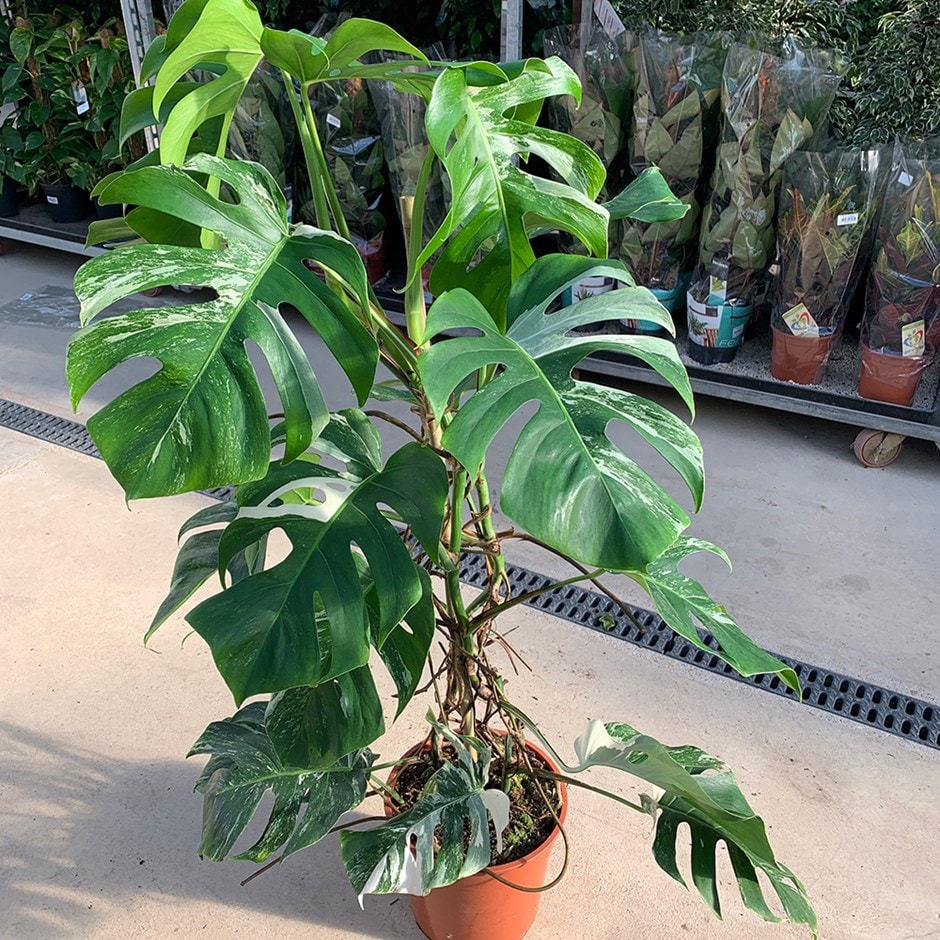
Buy swiss cheese plant Monstera deliciosa Variegata £349.99 Delivery by Crocus
Tons of common names exist for this plant. Fruit salad plant or fruit salad tree, Swiss cheese plant, monstereo… there's just bunches of different names. It's been referred to as the Mexican breadfruit because it can rarely produce a fruit. Another species, Monstera adansonii is sometimes called the Swiss cheese plant.

YouGarden Monstera deliciosa (Swiss Cheese Plant) in 14cm Pot 50cm Tall Houseplant, Green Buy
Plant Type: Perennial Mature Size: Six to eight feet tall and two feet wide Sun Exposure: Bright, indirect light Soil Type: Well-drained, peat-based potting mix Soil pH: 5.5 - 7.0 Toxicity: Toxic to dogs and cats Plant Care
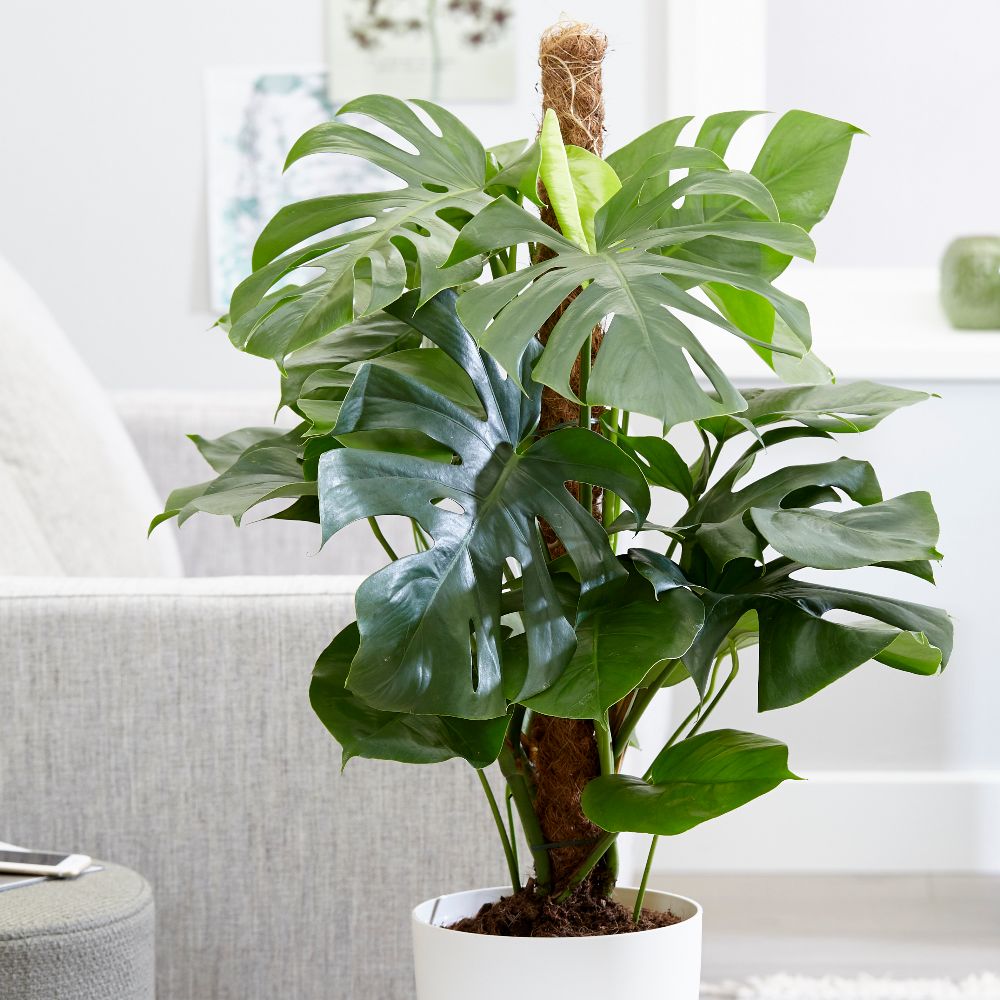
Buy swiss cheese plant Monstera deliciosa Delivery by Crocus
Native to Central and South America, the Swiss cheese plant is a tropical perennial that's typically grown as an indoor plant . The Spruce / Cara Cormack Like its cousin Monstera deliciosa (also referred to as the Swiss cheese plant), Monstera adansonii has a fast growth rate and a vining habit.
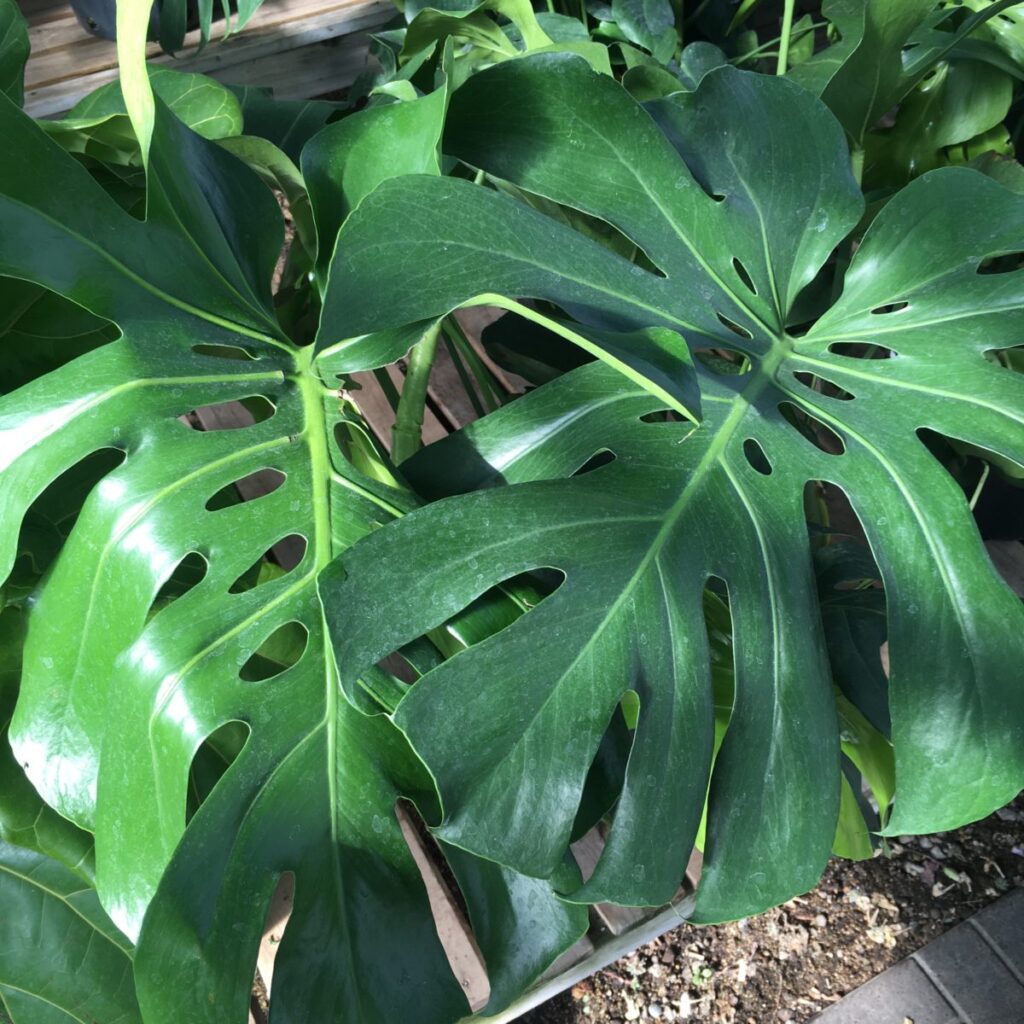
Monstera Deliciosa (Swiss Cheese Plant) › Anything Grows
One of M. deliciosa's common names is Swiss cheese plant, thanks to the deep notches and holes in its large leaves at maturity.Another is split-leaf philodendron—a common misnomer, although both monstera and philodendron plants require similar care. Young monstera plants are often mistaken for philodendrons since they have smaller, heart-shaped leaves that look different from those of a.
/grow-monstera-adansonii-swiss-cheese-plant-1902774-hero-01-dc903dae459a4dd5b919d5e1d1bee9d3.jpg)
How to Grow and Care for Swiss Cheese Plant
August 25, 2023 by Elyssa Goins 2 Comments The Swiss cheese houseplant displays the most interesting looking leaves and needs a grower to be prepared to provide some extra space within a home (it grows fairly tall when it matures). This climbing shrub is an ideal houseplant for a conservatory or large rooms, including a hotel or restaurant foyer.

Monstera deliciosa variegata Variegated Swiss Cheese Plant Indoor Foliage Plants House
Monstera deliciosa, also known as the split-leaf philodendron or Swiss cheese plant, is a tropical plant often kept as a houseplant. This easy-to-grow climbing evergreen can be found in many designer spaces for its "wow" factor. Monstera deliciosa makes a statement with its glossy, heart-shaped split leaves.
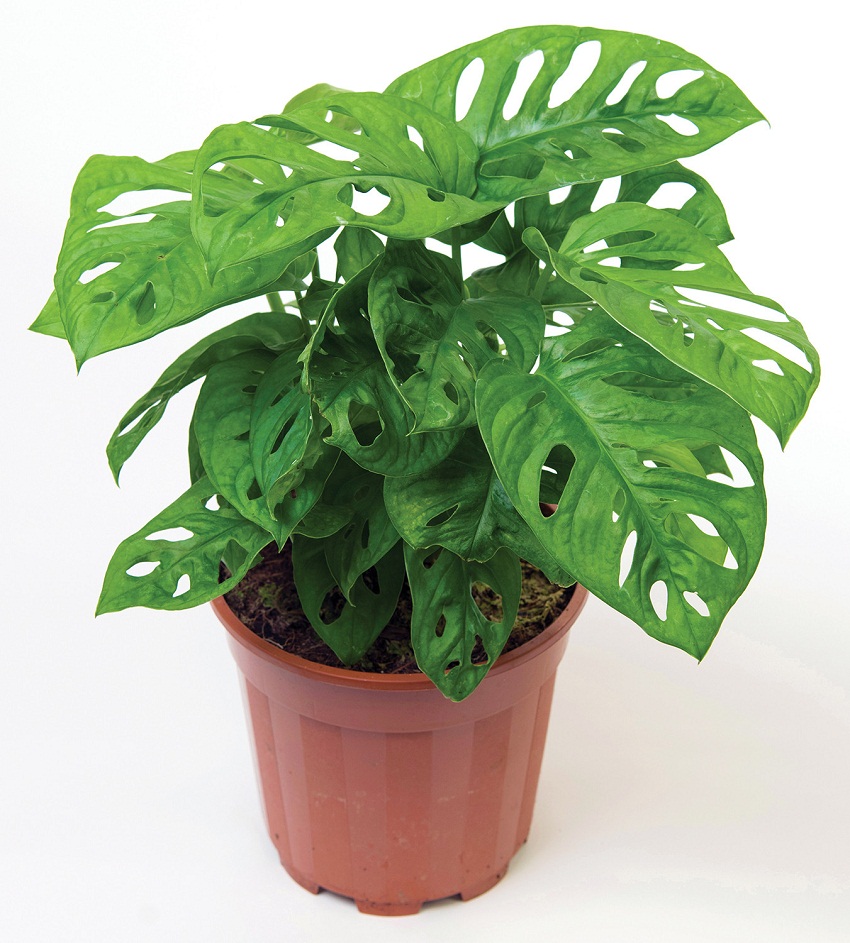
Swiss Cheese Plant Going Evergreen
Yes! There are nearly 50 species of plants in the Monstera genus. Many of the plants go by the common name "Swiss cheese plant." While they all look similar, the most common type you'll see is the large Monstera deliciosa. It has long-lobed leaves with elongated holes, though young plants—and plants that don't get sufficient light—will not have these holes.
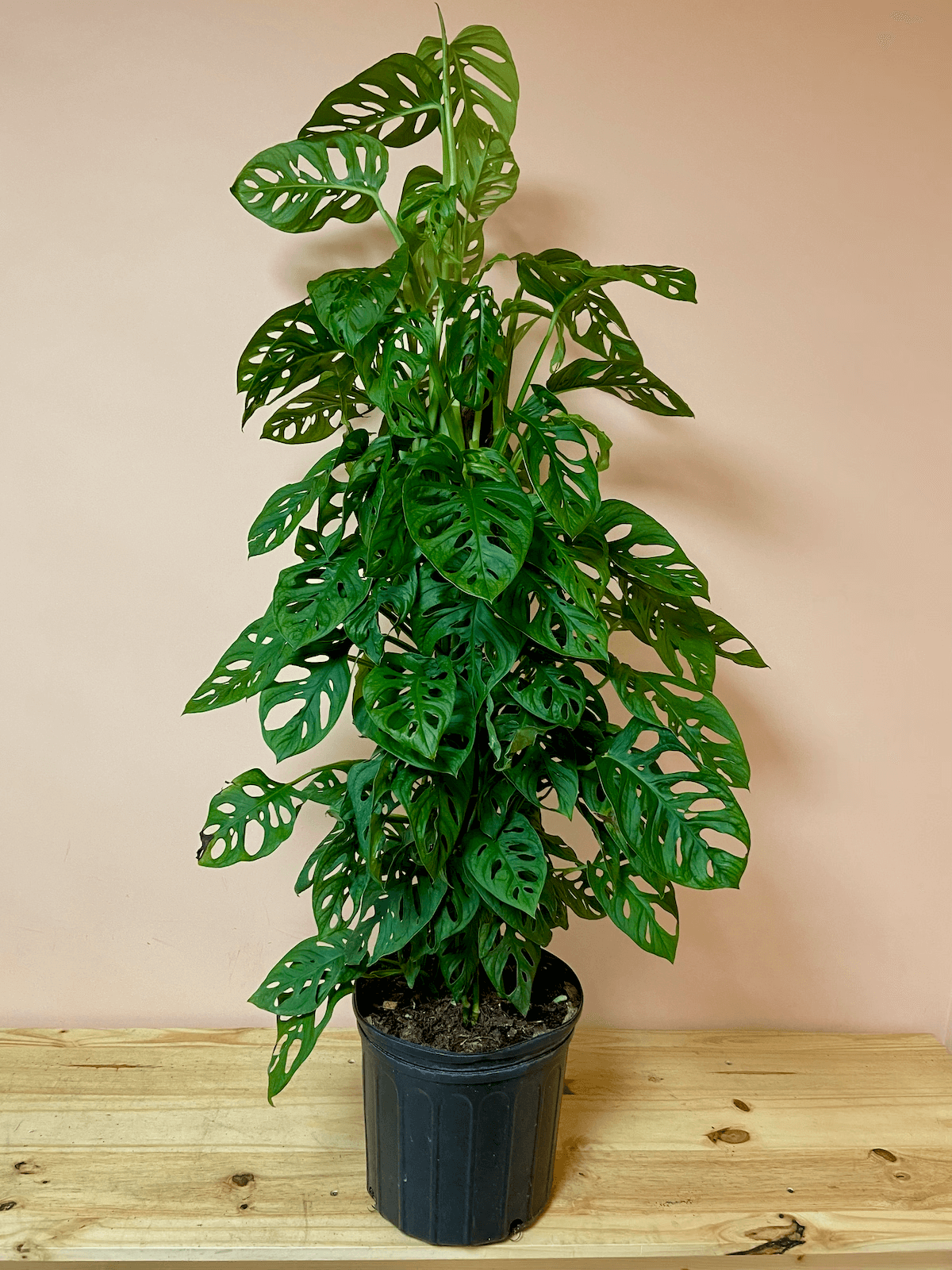
Swiss Cheese Adansonii The Mellow SF
Monstera deliciosa, the Swiss cheese plant [2] or split-leaf philodendron [3] is a species of flowering plant native to tropical forests of southern Mexico, south to Panama. [4] It has been introduced to many tropical areas, and has become a mildly invasive species in Hawaii, Seychelles, Ascension Island and the Society Islands.

Monstera deliciosa (Swiss Cheese Plant) Kew Gardener
Swiss cheese plants are perfect if you want an impressive but low-maintenance houseplant that makes waves on social media. You may have seen references to 'Monstera Monday' in Insta posts. Swiss cheese plants are also known as Monstera deliciosa, which is their botanical name.
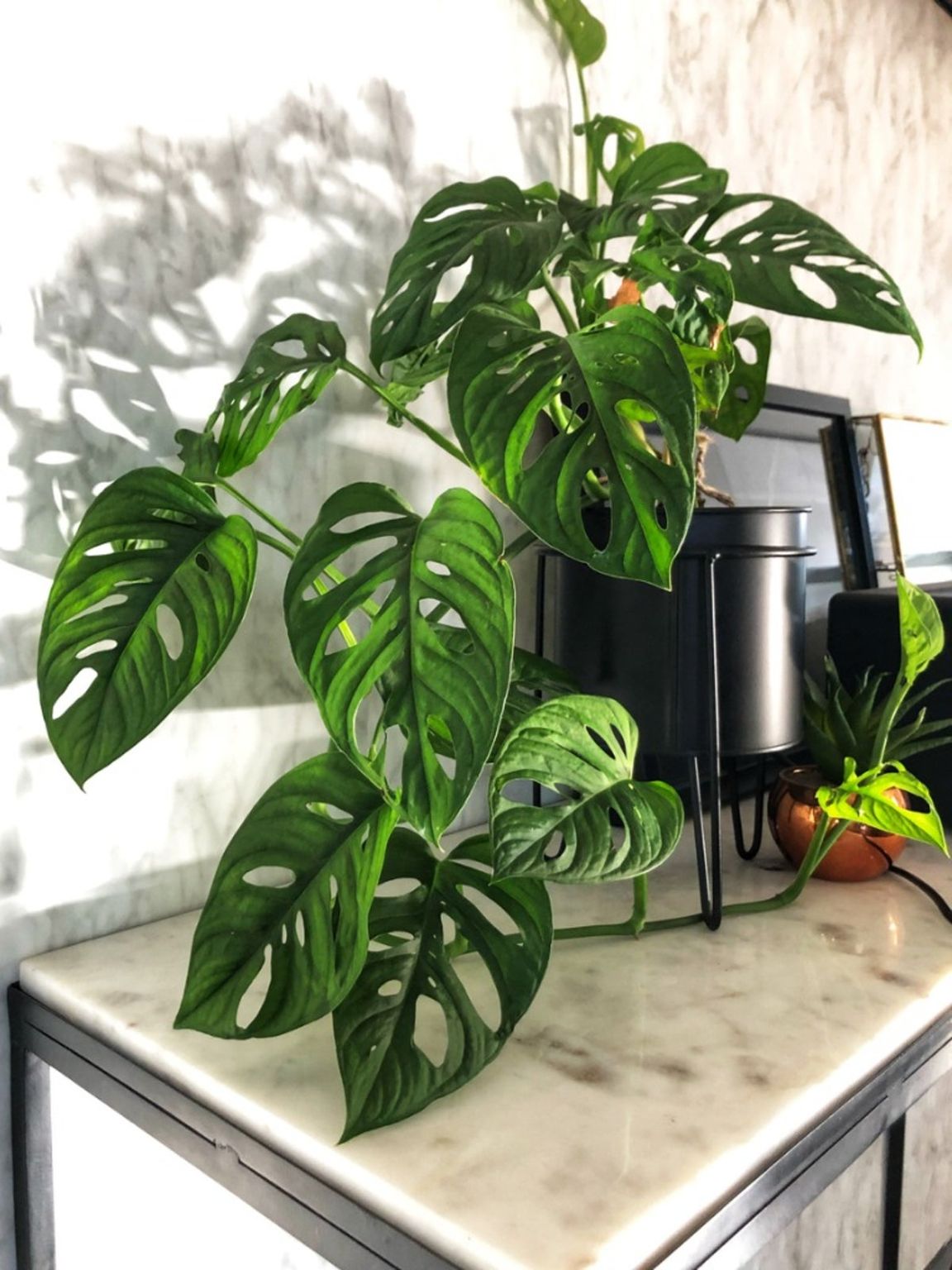
Proper Care And Propagation Of Swiss Cheese Plants
With dark and glossy heart-shaped leaves, the Swiss cheese plant, known by its most common scientific name as Monstera deliciosa, is a tropical perennial native to South and Central America. As.
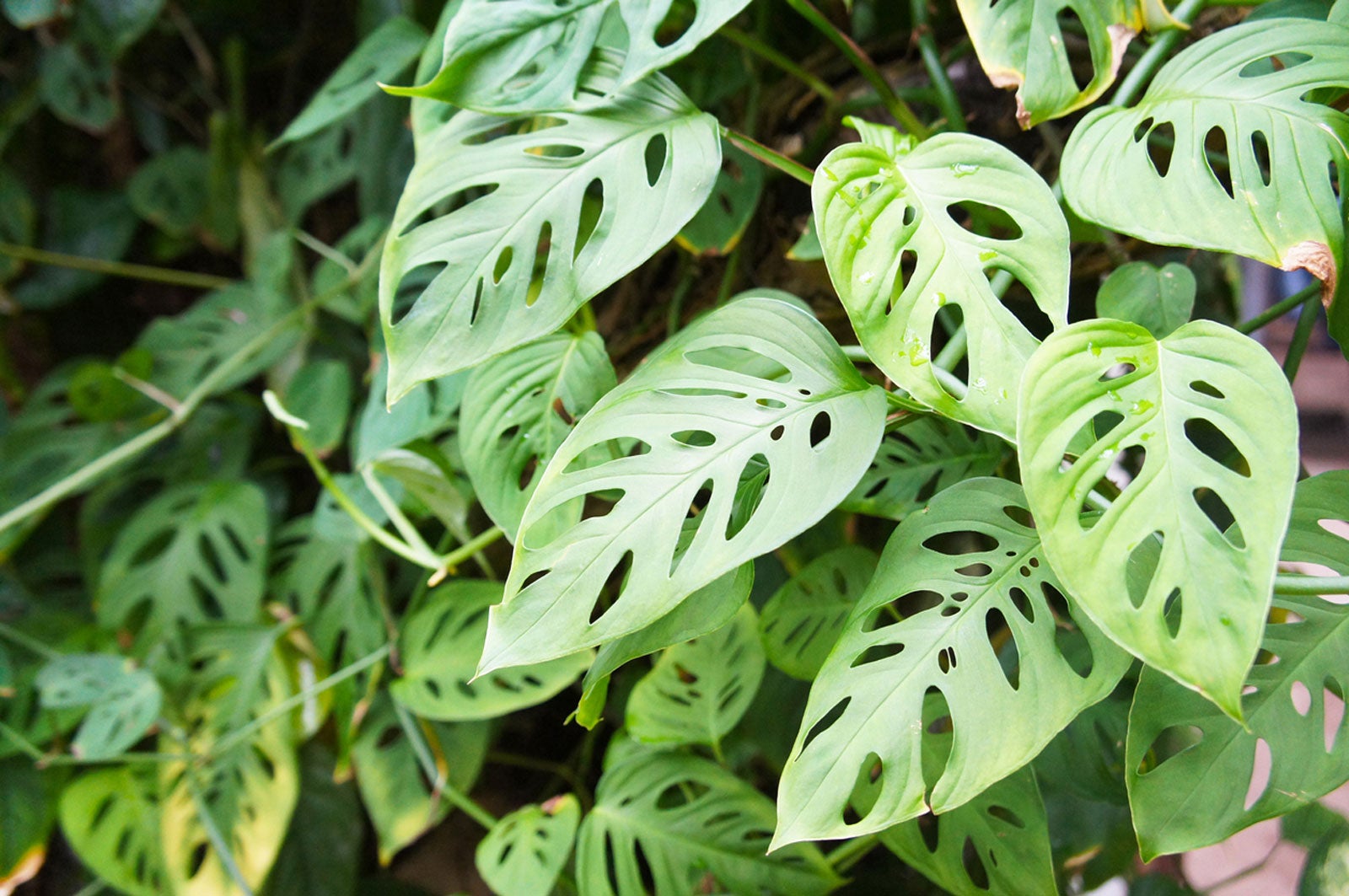
Swiss Cheese Plant Info Learn About Adanson’s Monstera Swiss Cheese Plants
The common name "Swiss cheese plant" refers to the holes in the foliage. Monstera adanonsii is a generally smaller variety, with more delicate foliage. Monstera is a relatively easy houseplant to grow, though not completely care-free. Here are the basics: Light: Bright, indirect light is best, such as that from a south- or west-facing window.